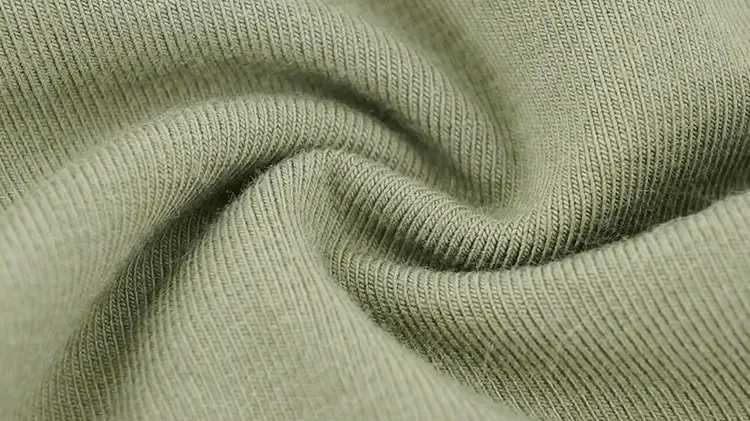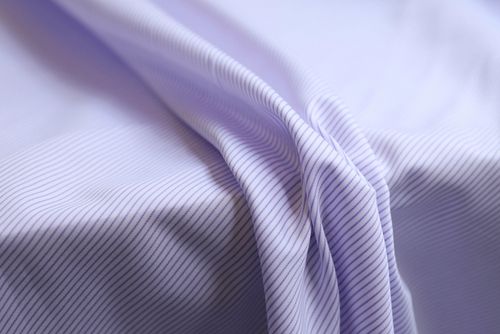Textile handle style is the common requirement of comfort function and beautification function of clothing. Also it is the basis of clothing modeling and clothing style. Textile handle style mainly includes touch, hand feeling, stiffness, softness and drapability, etc.
1.Touch of textile
It is the feeling when skin touches the fabric, as smooth, rough, soft, stiff, dry, fluffy, thick, thin, plump, loose, warm and cool, etc.
There are many aspects of fabric composition affecting the touch of textile.
a) Different materials have different touch. For example, silk is smooth while flax is hard and rough, etc.
b) Fabrics of same materials with different yarn counts have different touch. For example, cotton fabric with low yarn counts is rough, and cotton fabric with high yarn counts is more exquisite, etc.
c) Fabrics with different thread counts have different touch. High density fabric is stiff and loose fabric is the opposite.
d) Fabrics with different fabric weave have different touch. Stain fabric is smooth and plain woven fabric is flat and stiff.
e) Fabrics that are treated by different finishing processes have different touch.
2.Hand feeling of textile
It is to use hand feeling to identify some physical properties of fabric, which is an important aspect of style. Different fabrics have different hand feeling.
The factors that affect the handle of fabric include raw material, yarn fineness and twist, fabric structure and dyeing and finishing process, etc. Among, the raw material influenced the most. Thin fibers have soft handle and flat fibers have smooth handle. Suitable twist of yarns makes soft and stiff handle. But too big twist makes fabrics hard and too small twist makes fabrics weak.
Also hand feeling is related to some mechanical properties of the fabric, such as flexibleness, extensibility and rebound resilience, etc.
(1) Flexibleness indicates the ability of fabric to bend easily or stiffness of fabric.
(2) Extensibility indicates the degree of tensile deformation of the fabric.
(3) Rebound resilience indicates the degree to which a fabric recovers from deformation.
(4) The surface heat transfer coefficient and heat transfer rate reflect the cool or warm condition of the fabric.
(5) The hand feeling of fabric reflects the appearance and comfortable sensation of fabric in different degrees
3.Stiffness and flexibility of fabric
It refers to the ability of fabric to resist bending stress, also known as flexural stiffness.
The greater the flexural stiffness, the fabric is stiffer. If fabric has suitable flexural stiffness, it is crisp.
The stiffness and flexibility of fabric is related to the properties of the raw material, the thickness of the fabric fiber and the density of the fabric.
4.Drapability of fabric
It refers to the characteristic of fabric forming a smooth surface with uniform curvature under natural drape. The softer the fabric is, the better the drapability will be.
Drapability is the required performance to show graceful clothing style, such as the hem of a flared skirt, the modeling of drooping wave and the modeling of loose clothing, which all need fabric with good drapability.
Drapability is related to flexural stiffness. The fabric with high flexural rigidity has poor drapability. Fabric with fine fibers and loose structure has better drapability.
Post time: Oct-05-2022



